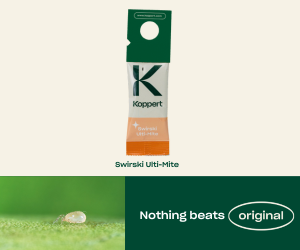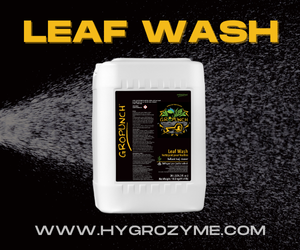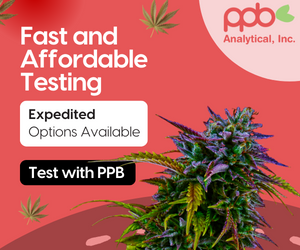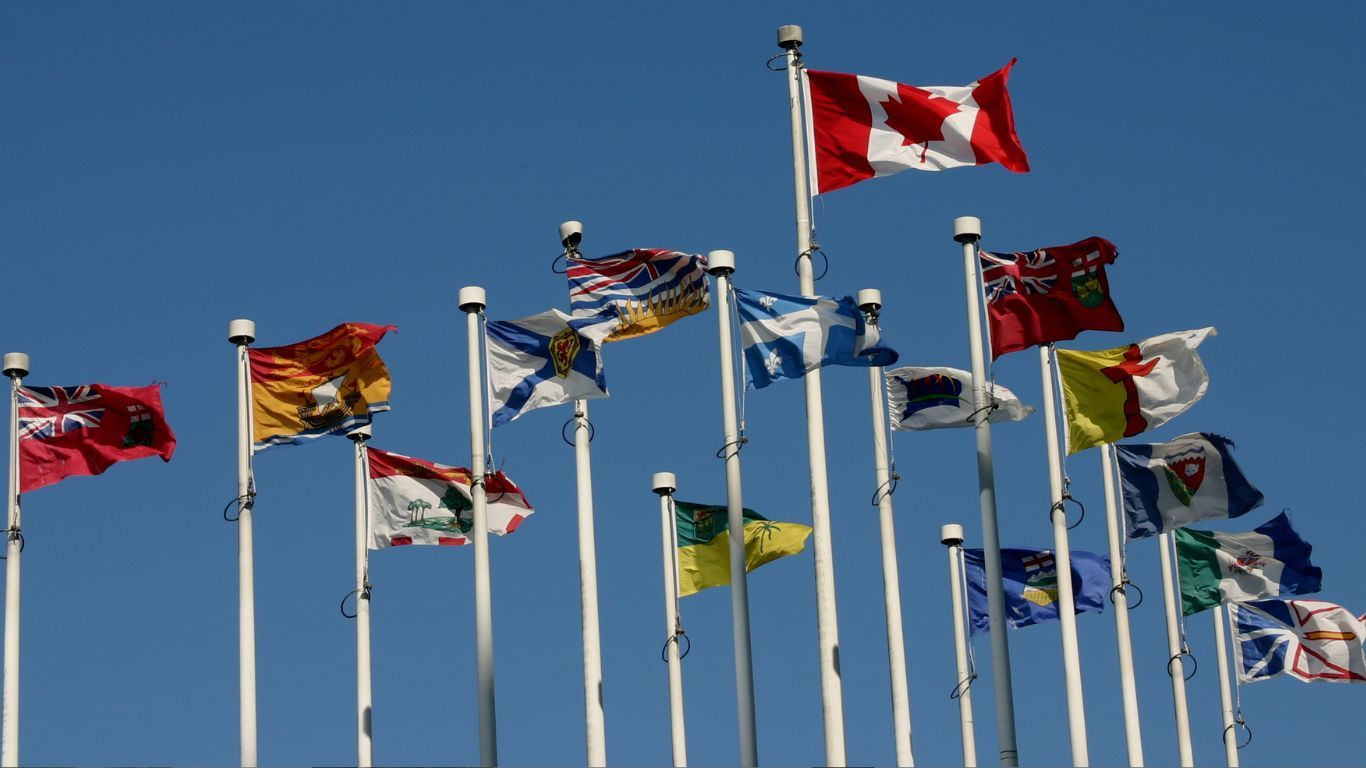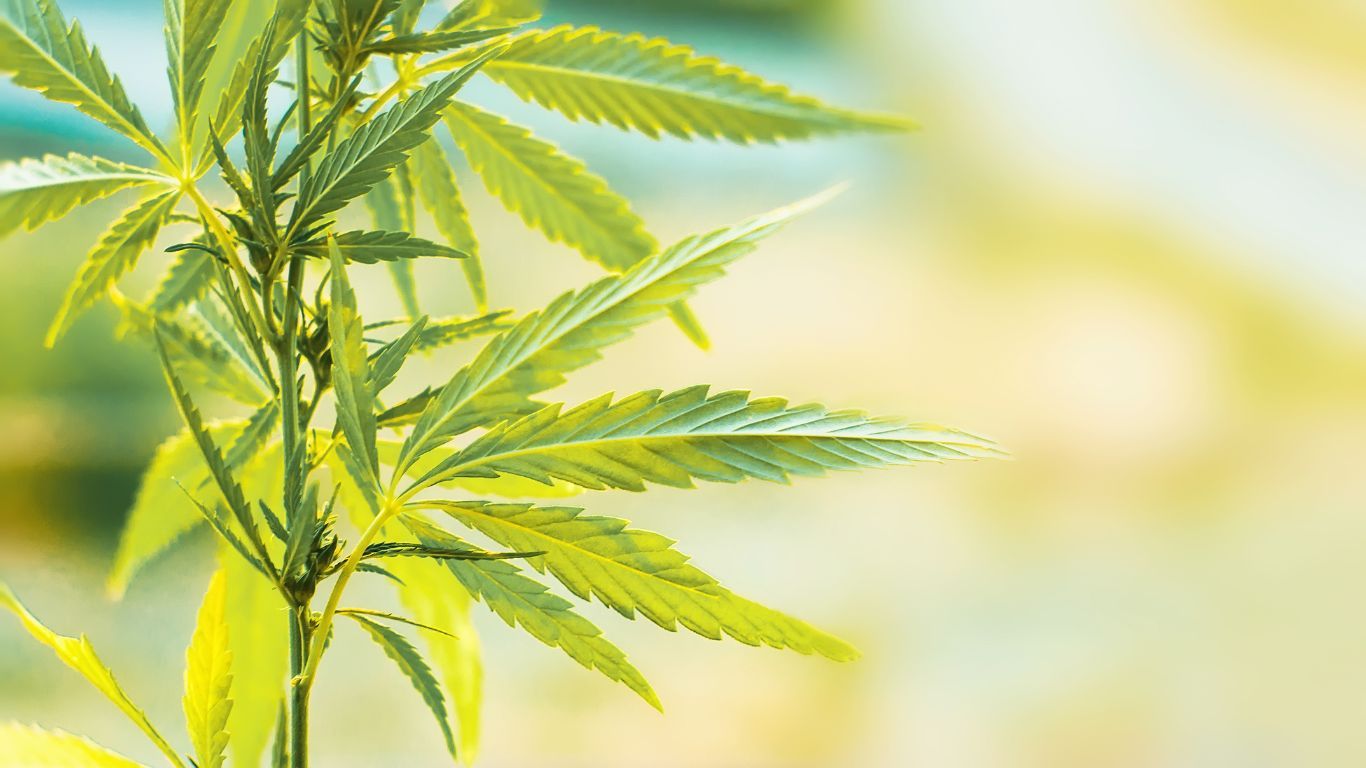
In a study published in The International Journal of Drug Policy in January 2021, researchers from the University of Ottawa examined the role that quality assurance (QA) and quality control (QC) play in both ensuring the safety of cannabis products in a thoroughly regulated market and providing consumers with the information they need to make educated purchasing decisions.
The authors opened by noting that “Canada’s recent legalization can be held as an evolution from past prohibitionist cannabis policies in favour of a strict regulatory framework that enables the legal manufacturing, sale, and consumption of cannabis,” emphasizing that in the prohibitionist model, individuals still consumed cannabis en masse where there was often no way for them to know anything about its safety.
QC is defined as “a set of activities for ensuring quality in products” while “QA is a set of activities for ensuring quality in the processes by which products are developed. Illicit cannabis, prior to legalization, had limited (if any) standardized quality controls for the cannabis distributed and consumed in Canada—this is in contrast to the QC/QA of medical cannabis, which was first implemented with the Marihuana Medical Access Regulations in 2001.” The lack of QA and QC in the unregulated market meant that consumers were at risk of using products contaminated with harmful microbes and chemicals.
“Theoretically,” the study notes, “as a result of standardization through governmental oversight, Canadian consumers can expect safety, consistency, and reliability when purchasing legal cannabis products. With ongoing calls for the safe supply of other drugs, the legalization of cannabis can be viewed as a mechanism for providing safe supply through a quality-controlled system, as well as a potential example of safe supply in action.”
Assessing Canada’s QA/QC requirements
Assessing the strengths of Canada’s QA/QC requirements, the article states that they “enable a climate of knowledgeable purchasing for cannabis products, whereby consumers are assured that the cannabis has passed contaminant testing and relevant information is disseminated on the levels of THC and CBD.”
QA/QC requirements also put “limits on variability,” ensuring “that the amount of THC reported on the label and the actual amount of THC in the product are within an acceptable range of error,” as well as ensuring that products are not contaminated with harmful pathogens or toxins.
While these strengths are an undoubted boon to Canadian cannabis consumers, the study also notes that “there are still knowledge gaps to fill, and weaknesses to strengthen, in order to further reduce risk of consumer harm.”
Establishing cultivars
One of these gaps is around flower typology. “In the cannabis industry, the term ‘strain’ is often used to refer to a type of cannabis, yet there is no objective and widely accepted definition of a cannabis strain, and what differentiates one strain from another.” A solution to this problem can be found in established agricultural crops where rather than strains, cultivars have been developed, patented, and marketed. However, “producing and registering cultivars takes time and resources” but “has been successfully and widely accomplished with hemp (56 cultivars approved for cultivation in Canada for the 2020 growing season). The same will likely be achieved for recreational and medical cannabis in the coming years and will greatly improve the reproducibility and characterization of commercial cannabis.”
Speaking with StratCann, study co-author Ryan Pusiak noted that for established commercial cultivars “there are these criteria that have to be met every single time that a plant is harvested, so that would hypothetically reduce the amount of variability of cannabinoids within the flower.”
Another challenge is that new product formats can pose unforeseen risks, such as the problematic (and thankfully discontinued) inclusion of vitamin E acetate in several vaping products, which caused negative health consequences for many consumers.
Testing standards
The final opportunity for improvement listed by the study is one that has been covered extensively by StratCann: inconsistencies in lab testing, especially with regard to active ingredients, with authors noting that “the lack of nationally validated and implemented methods for testing cannabinoids is a major weakness of the current QC/QA standards in Canada and abroad.”
Co-author Chelsea Cox tells StratCann that she thinks “the labelling and allowances that are underneath the cannabis act and regulations structure the information to be centred towards THC amounts, and to a lesser extent, terpene content or even the best before date or harvest date,” which are the “type of informational components that I think consumers would be interested in.” She says this discrepancy is “stratifying the market towards higher THC products because that’s the main category that you have on the label.”
Pusiak added that “with communicating THC, it seems like there’s no advertising that’s allowed. It seems like people are just going to the dispensary seeing what’s the highest that they can get, which is what’s led to this market spiralling out of control, in the dried flower category in particular.”
He also feels that the way THC contents are labelled the same across different product types might be confusing for some consumers, for example how a 10mg edible might not seem like much when dried flower often contains in excess of 200mg/g.
Regarding the issue of testing standards, Pusiak recalls how “the testing has really gone out of control: one day I wake up and I see that there’s 30%, then I go to bed and I wake up and it goes up to 42% dried flower.
“This is very rare to have a plant produce secondary metabolites that are in this concentration because the plant needs to survive, still needs to photosynthesize, still needs to have all those structures that make a plant a plant.
“To have a consistent testing protocol, I thought, was actually the best way moving forward: if everyone had the same method that they test their products on.” Although he goes on to say that after attending some discussions held by the C-45 Quality Association, he feels it’s likely just as important that standards are produced for how samples are handled prior to being tested.
QC/QC frameworks provide a starting point
The study concludes that, despite there being room for improvement, “with Canada as the only G7 country to legalize cannabis for recreational use on a federal level, the Cannabis Act not only serves as an example, but positions Canada as a leader in cannabis quality standards.” In addition, “the current QC/QA frameworks also provide a starting point for evidence-based consumer education and knowledgeable purchasing, where increased safety measures can be built upon and tweaked as the markets mature and knowledge of cannabis cultivation and manufacturing proceeds.”





